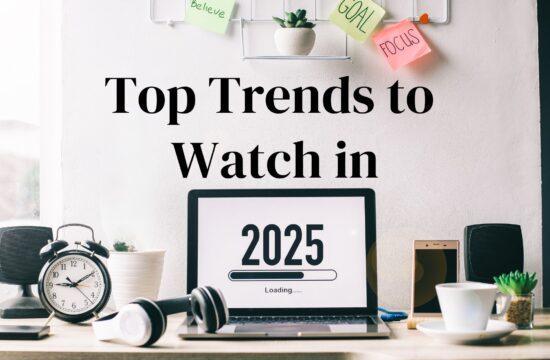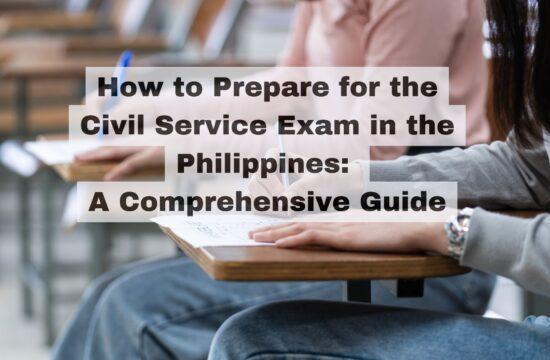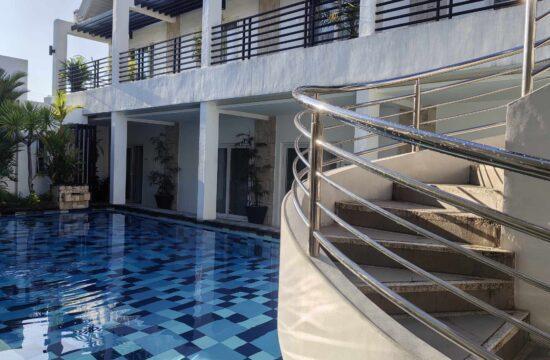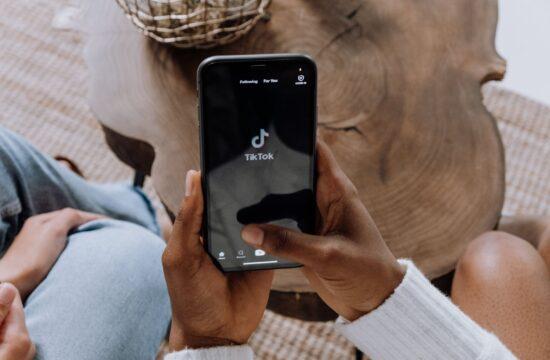In times of the Coronavirus Pandemic, Education is one of the many sectors that is badly affected. With the safety regulations we are implementing in the Philippines, such as wearing masks, washing your hands, and most of all the physical distancing, it makes it impossible for students to come to school and do the usual face to face type of learning. So the option is to go DISTANCE LEARNING.
Classes in the Philippines usually start in June, but this year (2020), they have been postponed to August 24. There is so much positive and negative feedback on this, but Education must continue, and I agree with that. To carry on with the Education, the Department of Education (DepEd) has proposed three learning alternatives that students and parents can choose from, depending on the availability of resources and other limitations.
3 DISTANCE LEARNING MODALITIES
Modular Distance Learning
A printed copy of the modules will be sent to the houses of the students. They will have to coordinate with their respective Barangay Centers to pick up the printed modules in some areas. If technology is present such as computers, tablets, and smartphones, students could get a copy of the module in a digital format such as a CD, flash drive, or PDF copies via email.
Blended Learning
Blended learning is a combination of online distance learning, modular distance learning, or even with the use of TV/Radio based instruction.
With a blended learning option, there are Synchronous and Asynchronous learning models.
Synchronous learning happens in real-time. That is when students interact with their teachers using video conferencing tools such as Zoom and Google Meet.
Asynchronous learning is the opposite. Teachers and students are not online at the same time. Teachers give instructions, reading materials, or have students watch a video using different Learning Management Solutions (LMS) such as Google Classroom, Edmodo, Schoology, ClassDojo, etc... And students could work at their own pace without real-time interactions. But teachers will be there to help students at any time if they have any queries.
Homeschooling
Even before the Coronavirus pandemic, homeschooling has been in existence for so many years already. Some parents prefer homeschooling to focus on their children and teach them at their own pace at home. As a parent, you need to be at least a college graduate to be able to qualify. If not, you can hire a tutor who is at least a college graduate before you can enroll in a home school. Modules will also be given to the parents by the school before homeschooling starts.
With all these modalities, let it also be clear that teachers will monitor the progress of the students by whatever means such as chat messenger, phone calls, or video chat if students have some concerns – except for homeschooling. To know more about these modalities, you should contact the school for more information or on the approach they will use.
We also need to understand that there are still so many challenges that come with these, whether you are a teacher, student, parent, guardian, administrator, and so forth. This has never happened before, and it’s not just the Philippines that is adapting to the new normal in Education. But, let’s give it a chance and see how it goes.
And let us not forget to wash our hands, wear our masks, and observe physical distancing. Stay safe!




















